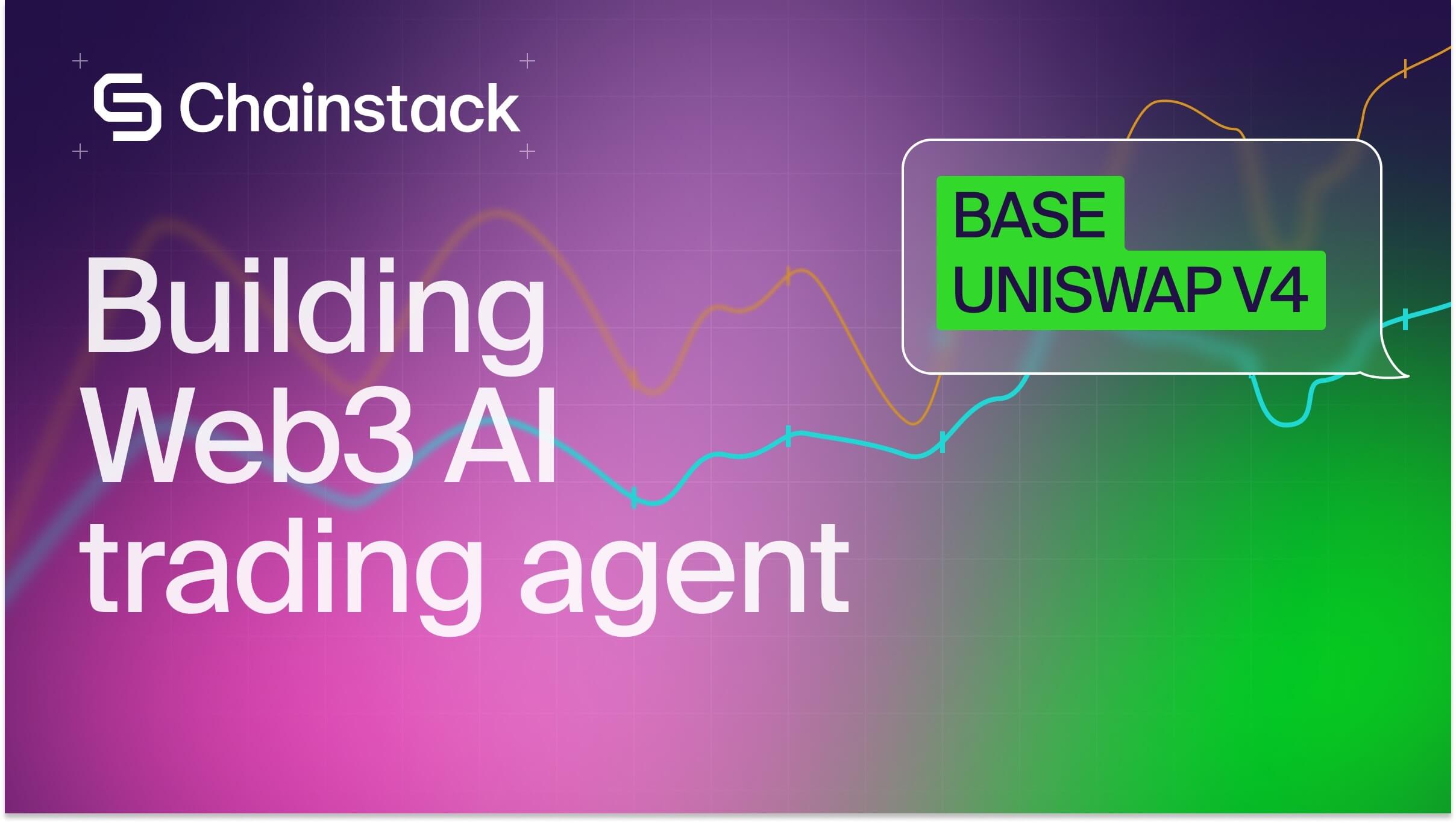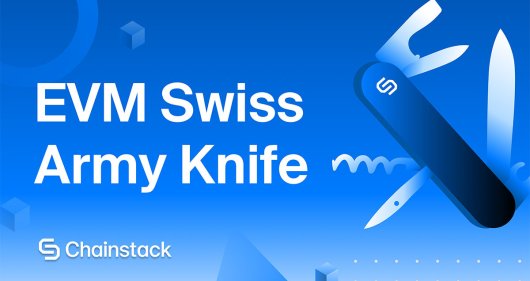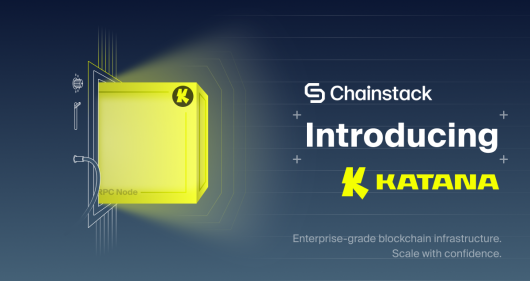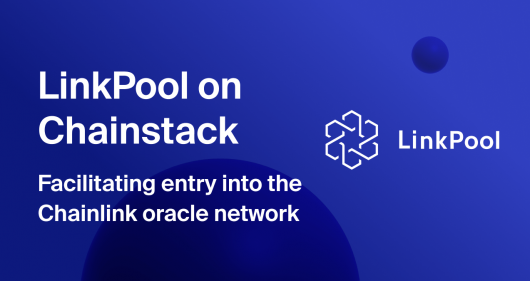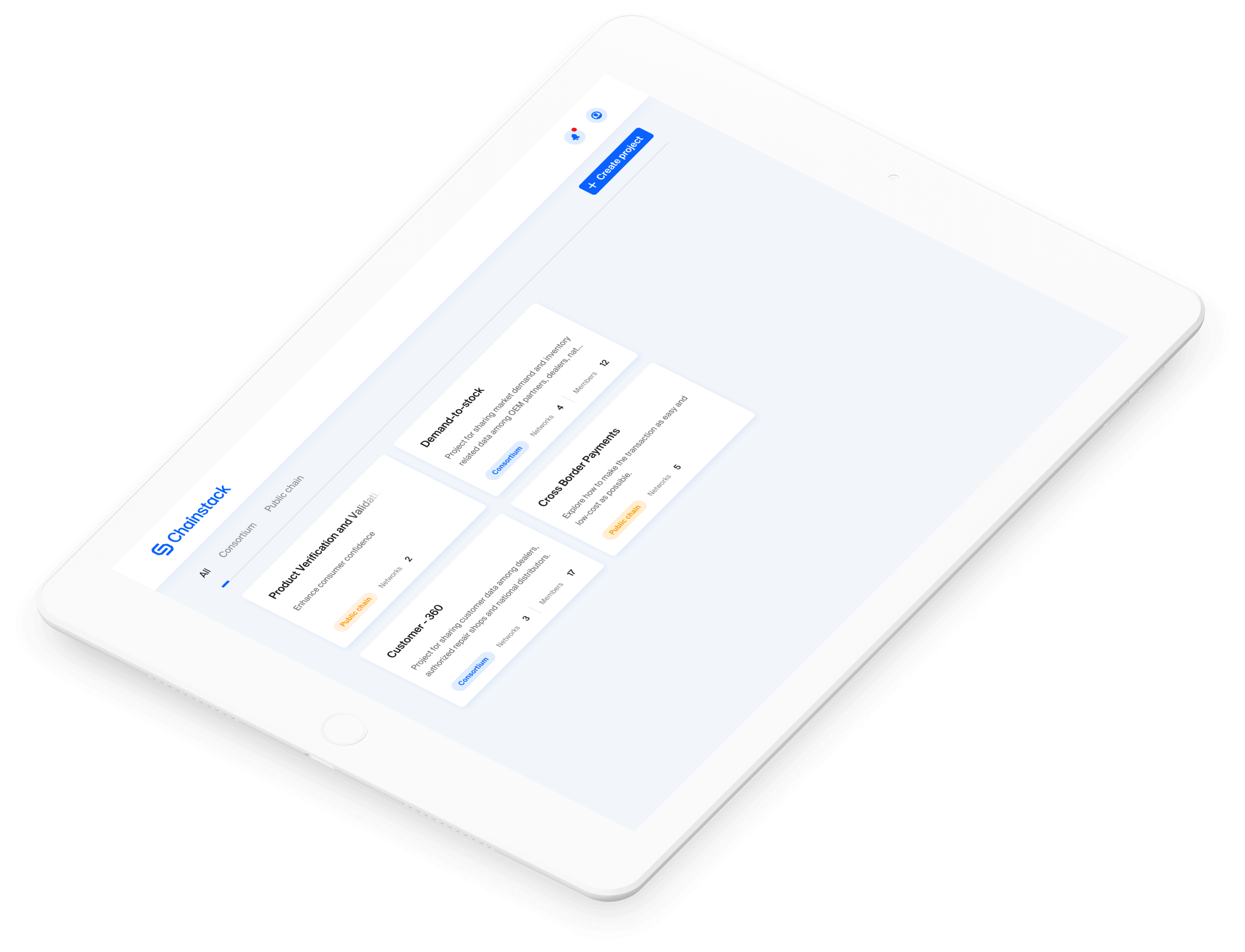How to connect to Plasma RPC endpoint for zero-fee stablecoin transfers
Plasma is a new EVM-compatible L1 built for stablecoin payments. It combines zero-fee USDT transfers with deterministic finality in seconds, making it practical for enterprise rails. With Chainstack, now you can deploy Elastic or Dedicated Plasma RPC nodes, test performance on mainnet or testnet, and move stablecoin infrastructure into production.
Stablecoins hold over $250 billion in circulation, with more than $2 trillion moving on-chain each month in 2025 across exchanges, merchant settlements, and treasury flows. That kind of volume makes it clear what builders care about most: predictable units, low friction, and settlement that clears the moment a transaction is sent. Yet most networks still trade one of those for another. Lower fees often slow settlement, while faster confirmations raise costs.
That’s why builders are starting to look at Plasma, a new L1 designed for stablecoin transfers from the start. It offers zero-fee USDT transfers through protocol-level sponsorship and deterministic finality in seconds, powered by PlasmaBFT. And now, you can build with Plasma directly on Chainstack, available on testnet and mainnet through Global Nodes and Dedicated Nodes (available on request).
What is Plasma chain?
As said, Plasma is one of the few L1s built specifically for stablecoins, but what makes it different under the hood comes down to two choices: how it handles gas and how it reaches finality.
First, the network sponsors gas for USDT transfers at the protocol level, meaning verified transfers don’t require a native token. Then there’s PlasmaBFT, a deterministic consensus layer that locks transactions within seconds instead of relying on probabilistic confirmations. Together, these two design calls make stablecoin transfers faster, cheaper, and far more predictable than what most EVM chains can offer.
In practice, that gives builders:
- Zero-fee USDT transfers where the protocol covers gas for verified sends, so users don’t need to hold a native token.
- Deterministic finality through PlasmaBFT, which closes transactions within seconds and keeps settlement loops tight.
- Full EVM compatibility powered by Reth, so your Solidity contracts, SDKs, and indexers run without change.
- Infrastructure already live on Chainstack, letting you connect to Plasma RPC on testnet or mainnet without running validators.
Plasma and stablecoin payments
The way to see the impact of plasma is to look at what that design does once it hits the payment layer. As the network sponsors gas for USDT and locks transactions deterministically through PlasmaBFT, transfers start behaving less like crypto operations and more like instant balance updates. It’s a subtle change at the protocol level that shifts how stablecoin infrastructure works day to day.
The clearest way to see it is through product and ops outcomes:
- Onboarding drops the gas token step, so a first send can happen immediately.
- Payouts reconcile on the same tick they’re sent, tightening approval and release loops.
- Merchant and treasury flows can price transfers precisely, since verified USDT sends carry no network fees.
- Dev teams keep their existing solidity stack and data pipelines, sizing infra for latency targets instead of fee volatility.
It puts Plasma in a different lane, closer to a stablecoin-native settlement network than a traditional Layer 1:
Plasma vs other payment chains
| Criteria | Plasma | Tron | Ethereum Rollups |
| Fee model for USDT | Zero-fee for verified transfers via protocol sponsorship | User pays network fee in trx or USDT depending on wallet flow | User pays L2 fee posted to L1 |
| Finality | Deterministic in seconds | Probabilistic with committee-based confirmations | Fast L2 confirmation, L1 finality follows |
| EVM Support | Full EVM via reth | TVM, solidity-like | Full EVM |
| Latency and withdrawals | Seconds to usable funds | Seconds to minutes depending on path | Seconds on L2, L1 settlement adds delay |
| Best fit for | Stablecoin payments, payouts, merchant rails | Large USDT flows, consumer remittance | General compute with on-chain data availability |
When to build on Plasma
If your priority is predictable timing, no-gas transfers, and EVM compatibility, Plasma is usually the cleaner choice over general L1s or rollups, with common use cases including:
- Stablecoin payouts and treasury automation – recurring payroll, vendor disbursements, or treasury sweeps without gas overhead.
- Merchant rails and fintech apps – instant settlements and refunds with lower checkout friction and full EVM parity.
- Cross-border settlements – predictable timing and zero-fee transfers for counterparties across regions.
- Exchange and wallet USDT flows – cheaper deposits, withdrawals, and rebalancing with bounded confirmation windows.
- BTC bridge via pBTC – move liquidity from Bitcoin, then operate daily in USDT on Plasma.
All of these begin with one setup step: connecting to Plasma RPC.
How to get Plasma RPC
If you’re testing Plasma’s zero-fee model, the best way to do it is through managed RPC. Having both testnet and mainnet access in one place makes it easier to benchmark performance, track stability, and move from testing to production, and Chainstack now runs both environments in a single console.
With Chainstack, you can either deploy Global Nodes or globally routed access with failover, or Dedicated Nodes (available on request) for single-tenant performance in a specific region. Both are available on testnet and mainnet, expose JSON-RPC and WebSocket.
As your traffic grows, enable the Unlimited Node add-on to switch to flat-fee billing by RPS tier with unlimited requests inside the tier.
Additionally, you can set Access rules to manage keys, rate limits, and permissions per environment. Because Plasma runs on Reth, your Solidity contracts and SDKs work as they are, with no rewrites or special configuration.
With this setup, you can benchmark zero-fee USDT transfers on testnet, record latency and success rates, then switch the same configuration to mainnet when your flow is production ready. It keeps the work in one place and lets you focus on building rather than running infrastructure.
Wrapping up
Zero-fee USDT, sub-second finality, full EVM support. Plasma bundles all three into one L1, which is why it works for merchant payouts, treasury automation, and cross-border settlements.
If you want to test it out, get Plasma RPC through Chainstack. Both environments, testnet and mainnet, are live, with an option to deploy either Global Nodes or Dedicated Nodes (available on request).
Power-boost your project on Chainstack
- Discover how you can save thousands in infra costs every month with our unbeatable pricing on the most complete Web3 development platform.
- Input your workload and see how affordable Chainstack is compared to other RPC providers.
- Connect to Ethereum, Solana, BNB Smart Chain, Polygon, Arbitrum, Base, Optimism, Avalanche, TON, Ronin, zkSync Era, Starknet, Scroll, Aptos, Fantom, Cronos, Gnosis Chain, Klaytn, Moonbeam, Celo, Aurora, Oasis Sapphire, Polygon zkEVM, Bitcoin and Harmony mainnet or testnets through an interface designed to help you get the job done.
- To learn more about Chainstack, visit our Developer Portal or join our Discord server and Telegram group.
- Are you in need of testnet tokens? Request some from our faucets. Multi-chain faucet, Sepolia faucet, Holesky faucet, BNB faucet, zkSync faucet, Scroll faucet.
Have you already explored what you can achieve with Chainstack? Get started for free today.
FAQ
Plasma is a new EVM-compatible Layer 1 built for stablecoin payments. It uses PlasmaBFT consensus for deterministic finality and covers USDT gas fees at the protocol level, enabling zero-fee transfers with predictable settlement.
Most networks optimize for compute or DeFi throughput. Plasma focuses on stablecoin movement. It combines zero-fee transfers, sub-second finality, and EVM compatibility to make payments behave like instant balance updates rather than blockchain transactions.
PlasmaBFT is the network’s consensus engine. It achieves deterministic finality within seconds, removing the need for probabilistic confirmations and making settlement timing consistent across transfers.
USDT is the first stablecoin supported with protocol-level gas sponsorship. Other tokens can still operate as standard ERC-20 assets, with gas paid in the network’s native token.
Reth is a high-performance execution client built in Rust and fully compatible with the EVM. It ensures your Solidity contracts, SDKs, and dev tools work on Plasma without modification.
You can access Plasma RPC on Chainstack, available across testnet and mainnet through Global Nodes for shared access or Dedicated Nodes (available on request) for isolated performance. Both support HTTPS JSON-RPC and WebSocket connections.
Yes. Plasma runs on Reth, so it supports standard EVM tooling. You can add Plasma to MetaMask or connect via common libraries like web3.js, ethers.js, or Foundry.
Yes, both testnet and mainnet are live. Builders can benchmark performance on testnet, then move the same setup to mainnet once their flow is validated.
Plasma works best for merchant payouts, treasury automation, exchange transfers, and cross-border settlements, anywhere stablecoins are the primary asset being moved.
 Ethereum
Ethereum Solana
Solana TON
TON Base
Base BNB Smart Chain
BNB Smart Chain Hyperliquid
Hyperliquid Aptos
Aptos TRON
TRON Ronin
Ronin zkSync Era
zkSync Era Sonic
Sonic Polygon
Polygon Unichain
Unichain Gnosis Chain
Gnosis Chain Sui
Sui Avalanche Subnets
Avalanche Subnets Polygon CDK
Polygon CDK Starknet Appchains
Starknet Appchains zkSync Hyperchains
zkSync Hyperchains











